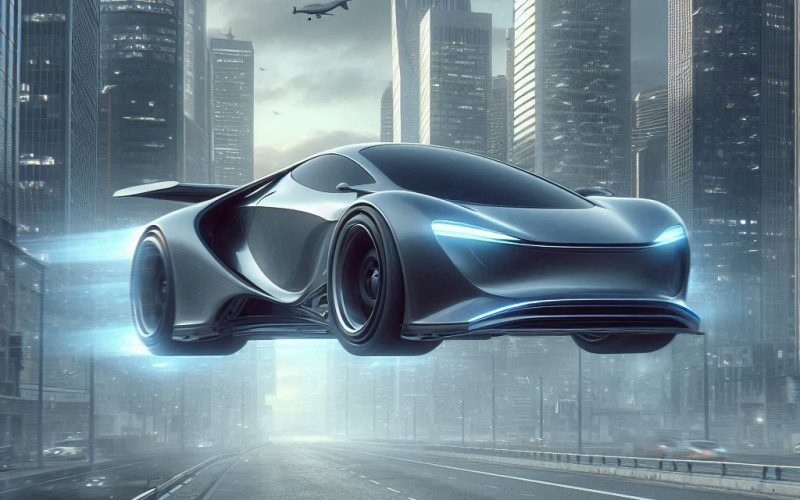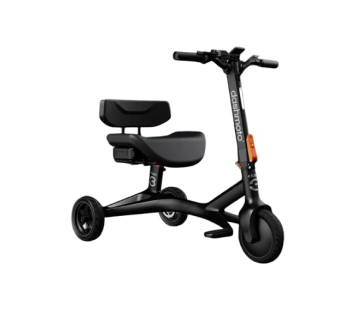Flying cars are no longer the stuff of science fiction; it’s only a matter of time until they take over urban skies. With technological advancements, we’re seeing various forms of aerial vehicles in development today. And the landscape is blooming with innovation, from electric VTOL cars to fixed-wing varieties.
This article explores the different types of flying cars worldwide and identifies which are most likely to become popular in the coming years. Be it the efficiency of all-electric models, the versatility of VTOL technology, or the practicality of hybrid systems, the era of flying cars is approaching. And it is bound to redefine how we navigate our cities.
Types of Flying Cars
1. Hybrid Versus All-Electric
With vertical take-off and landing (VTOL), a revolutionary technology in the development of flying cars, electric propulsion is becoming key. All-electric flying cars produce zero emissions and tend to be much quieter. But since batteries can only be good enough, the car’s battery capacity often limits the range.
On the other hand, hybrid flying cars use a combination of fuel and electric power, extending their range. By transitioning between power sources, they can travel longer distances. There’s one issue with hybrid cars, though. Installing refueling stations at private landing areas or tops of buildings isn’t as easy as installing electric recharge stations. Then again, many eVTOL models like the ASKA A5 opt for a hybrid system for maximum range.
2. Runway Versus VTOL
Like airplanes, runway-flying cars need a runway to take off and land. This limits them to airports or designated areas, restricting their usability in urban environments where space is at a premium. The best alternative is VTOL, the game-changing mechanism that allows the vehicle to operate in smaller spaces. These flying cars can lift off and land using helipads, large rooftops, or any designated spot. Having said that, VTOL or non-runway cars are more suitable for urban air travel.
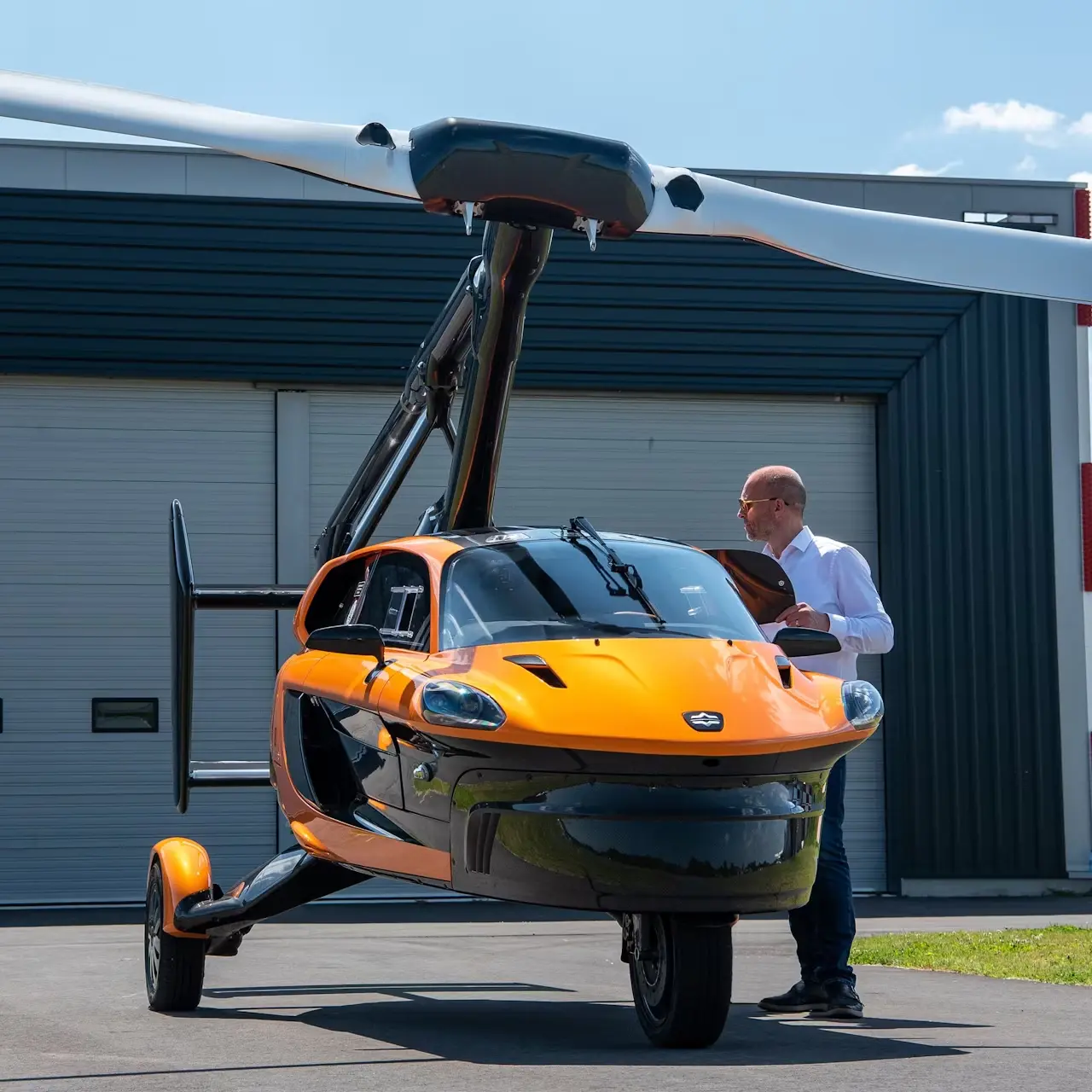
Another alternative is the autogyro design, which uses a short runway to take off and land. A wide rooftop or a parking lot is often enough for this. The PAL-V Liberty uses this technology and is already available for pre-ordering.
3. With Wheels Versus Without
The main idea of a flying car is that it can travel in the air and drive on traditional roadways when needed. This versatility means that you can switch between transportation modes depending on traffic conditions. Ideally, you could also park your flying vehicle in regular parking lots and even your home garage. However, the main issue is that the extra weight of the wheels makes the battery work harder.
While some flying car models minimize the payload by opting for smaller wheels, others eliminate the wheels altogether. This makes the vehicle more lightweight and aerodynamic. But there’s one caveat – limited parking options. You can hover to charging stations, but you can’t be anywhere you can’t land. The AeroHT modular flying car solves this dilemma by offering two modules – a ground module and an air module – that combine and separate.
4. Protected Versus Exposed Blades
When it comes to the different types of flying vehicles, another factor to consider is the rotor blades. While some flying cars have exposed blades, others have protected systems or ducted fans.
Exposed blades are easier to maintain and can even offer better performance. But the downside is the safety risk, especially in urban environments where the rotors can potentially hit something – or someone (ouch!). Remember that these vehicles will most likely land in or take off from driveways and parking lots. Flying cars with exposed rotor blades tend to be more noisy, too. All that said, there are question marks on whether these flying cars will get approval from safety regulators anyway.
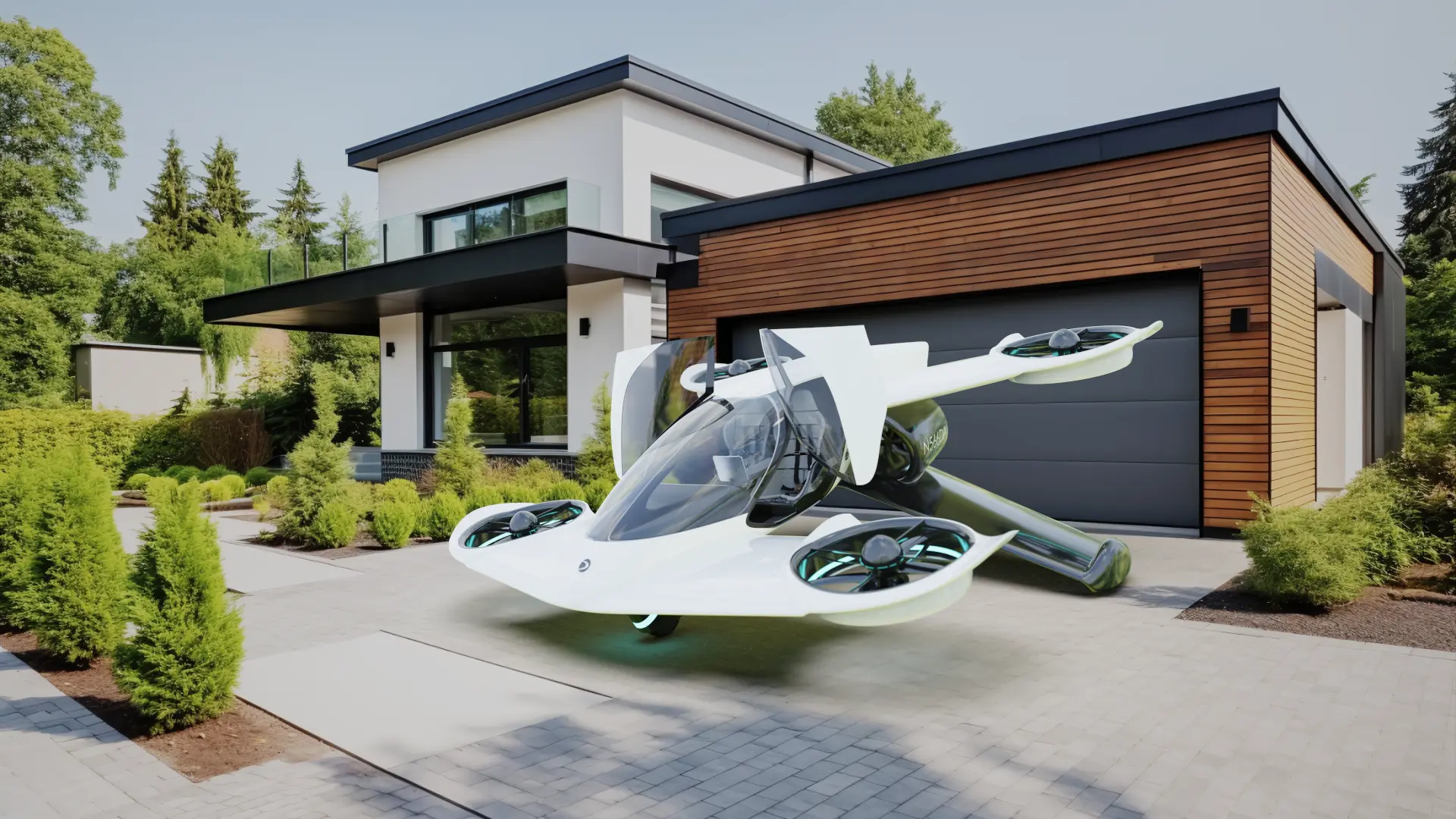
Protected blade designs provide a solution to all these issues. They protect the rotors from damage and prevent the risk of blade strikes, making them safer and more suitable for urban travel. The only flipside here is the extra weight of the shields. As for ducted fans, like the ones you can see on the Doroni H1-X, they offer enough protection and stronger thrust.
5. Autonomous Versus Drone Operator Versus Licensed Pilot
It’s safe to say that autonomous flying cars are the ones everyone would love to see. And while these flying vehicles are seemingly easier to operate for those without aviation skills, it will take years to get approved. For now, licensed pilot cars are the only possible option. The driver will need a pilot's license to fly the car.
The alternative is to get a “lesser pilot’s license,” which only applies to light sport airplanes. Since batteries tend to be heavy, electric flying cars don’t have quality. But there are talks that the FAA may change battery weight rules, so there’s hope. In any case, we’ll see licensed pilot cars in the skies far sooner than autonomous ones.
As for drone-like cars, there’s a chance that you’ll only need a basic drone pilot license – the one meant for remote-controlled drones.
6. Rotors Versus Fixed Wings
Flying cars with rotors, such as those with VTOL systems, are practically designed for urban mobility. They can hover, take off, and land vertically. However, cruise efficiency is where these flying cars don’t excel – especially those with multiple rotors. You can add only so much battery weight to power all the rotors. This ultimately limits the range, and you’ll find that models with decent range are often hybrid.
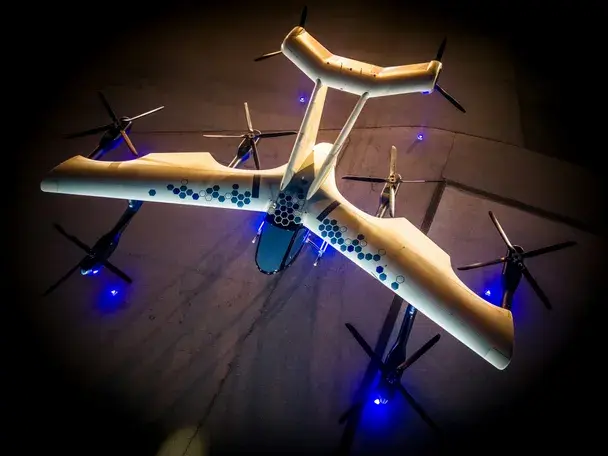
Fixed-wing vehicles are more efficient and can cover longer distances with lower energy consumption. But unlike those with rotors, they require runways or long stretches to take off and land. The CityAirbus NextGen combines the best of both worlds. It features fixed wings for efficient cruising and rotors mounted beneath the wings for vertical takeoff and landing.
7. Private Vehicle Versus Passenger Taxi
Much like we have privately owned cars and shared taxis on our roads, there will be a similar system in the skies. Likely part of ride-sharing services, passenger taxi flying cars may aim to provide on-demand flights. You can expect these vehicles to accommodate four passengers at a time, moving them from one designated station to another. But considering all the extra weight involved, it can be challenging to do this with a battery-powered electric flying vehicle. A hybrid might be a better choice here.
Meanwhile, privately owned flying cars will share the skies with their passenger taxi counterparts. These will offer more convenience, personalization, and, of course, privacy. However, naturally, they require much investment and responsibility from the owner.
Types of Flying Cars Most Likely to Be Popular
We’ll likely see various types of flying cars in the future. However, certain kinds are predicted to be more popular than others.
With an emerging market size, eVTOL cars are expected to prevail. Innovations in battery technology will drive the development of high-density, fast-charging batteries, essential for all-electric models to achieve longer flight durations and reduced charging times.
It’s also worth mentioning that – besides the electric aspect – VTOL models are simply more urban-friendly than runway-type vehicles. Regarding rotors, protected blades have a much higher chance of approval for urban air mobility than exposed ones.
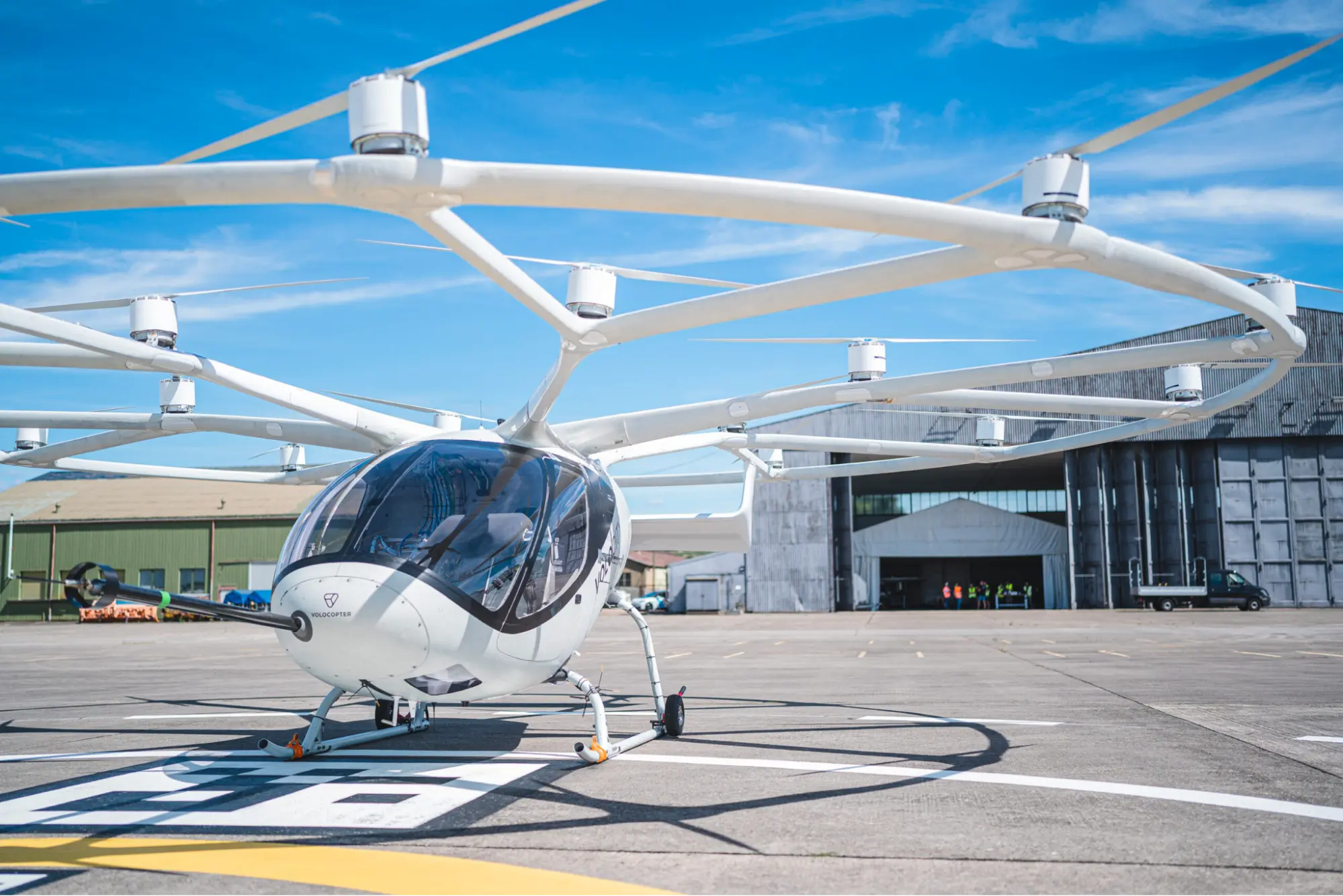
Regarding autonomous versus piloted types, the tendency is towards piloted. In fact, aerospace experts believe that autonomous aerial vehicles won’t be around anytime soon. This is because of obstacles like public acceptance and the fact that we can’t fully trust autonomous systems to be “good enough.”
Now, let’s be honest; not everyone can afford flying cars. That’s why passenger taxis, like the VoloCity, are expected to be more popular until flying cars become affordable enough for the average person to buy one.
To Wrap Up
When we were young, flying cars seemed like a futuristic concept. Today, diverse types are being developed as we speak. While some are still in the prototype stage, others are already available for preordering. You can expect to see various flying cars hitting the skies shortly, each with different features and capabilities. Models like eVTOL will likely be more common than others. And, of course, this is just the beginning because who knows what other types and designs the future has in store?

